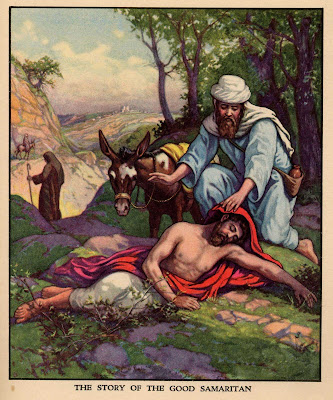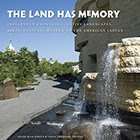The viability of all nature's life support systems
are threatened today by what our civilization has become.
What better time for the religions of the book to signal a new
respect for the religions of nature?"
Starhawk


And if apologies are being given out, Witches would like one. It's more than time that the Catholic and Protestant Churches both apologized for centuries of persecution of Witches, Pagans and those they deemed 'heretics' for believing something different than standard dogma. How about an apology for the Papal Bull of Pope Innocent the Eighth, in 1484, that made Witchcraft an heresy and unleashed the Inquisition against traditional healers, midwives, and any woman unpopular with her neighbors for being too uppity? It's high past time to apologize for the Malleus Maleficarum, a vicious document written by two Dominican priests in 1486 that created a whole mythology of Satan worship, attributed it mostly to women, and unleashed a wave of accusations, torture, and judicial murder that have haunted us ever since. An apology won't do much good, now, to those accused, tormented, and destroyed because someone coveted their property or needed a local scapegoat, nor to their children left motherless or fatherless centuries ago. But it might clear some air.
On Faith, Starhawk: Time to Apologize to Witches





















































